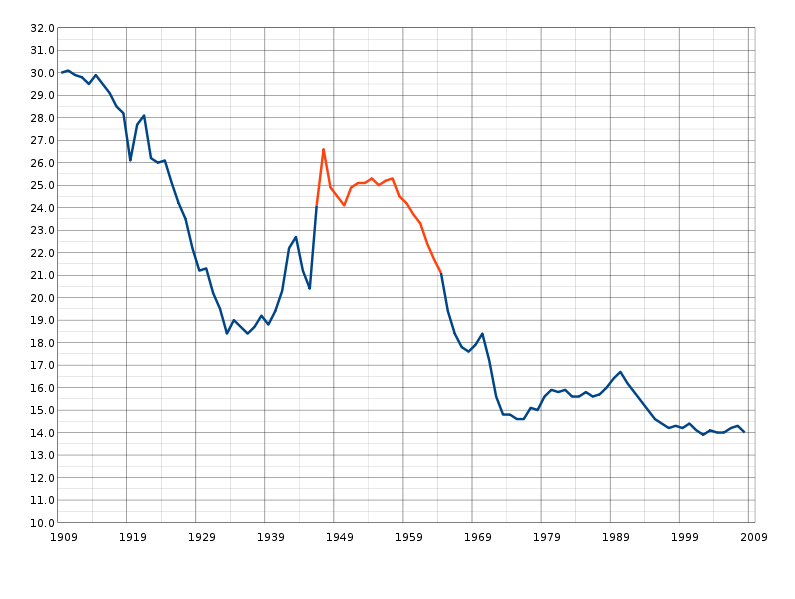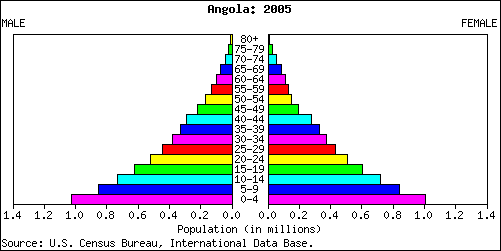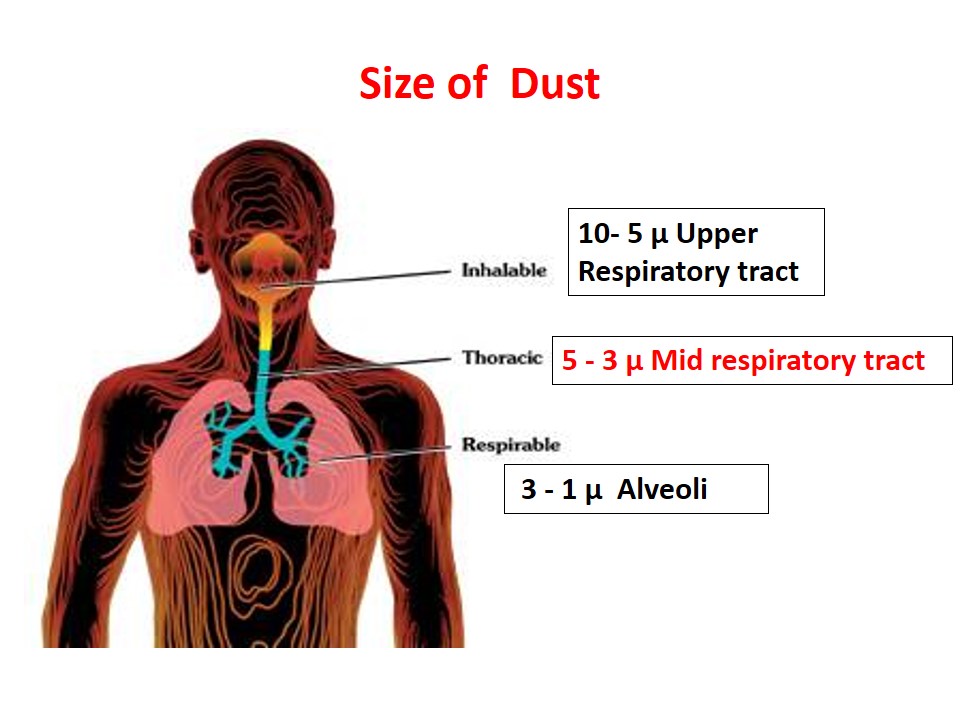Phases in infections
The different phases in infections include:
- Infective period
- Communicability period
- Incubation period
- External Incubation period
- Prodromal Period
- Convalescence period
- Generation time
- Serial interval
Communicable period/Infective period:
The period during which an infectious agent may be transferred directly or indirectly from an infected person to another person, from an infected person to an animal, including arthropods.
Incubation Period
The time interval between initial contact with an infectious agent and the appearance of first symptom of the disease in question, or in a vector,
if the first time transmission is possible (Extrinsic incubation period).
Example:
After exposure to the measles virus and before the onset of symptoms, a child is considered to be highly contagious due to continued attendance at school and social encounters with other children.
Importance of Incubation Period
1. Quarantine regulations
2. Tracing the source of infection
3. Determining the type of epidemic
4. For immunization, active as well as passive
5. Predicting prognosis
Prodromal period:
It is the interval between the onset of symptoms & appearance of characteristic clinical manifestations, for example as in measles, the interval between the onset of symptoms such as fever and coryza and appearance of rash.
Convalescent Period
This is the period of recovery when the clinical symptoms have subsided.
Generation time
The interval of time between receipt of infection by a host and maximum communicability / infectivity of that host.
Serial Interval
The gap in time between the onset of primary case and the secondary case is called the serial interval
Spread of Disease
Following are to be considered in spread of disease:
- Source
- Contact
- Suspect
- Reservoir
- Formites
Source:
The person, animal, object or substance from which an infectious agent passes to a host.
Contact:
A person or animal that has been in an association with an infected person or animal or a contaminated environment and might provide an opportunity to acquire the infective agent.
Suspect:
A person whose medical history and symptoms suggest that he or she may have or be developing some communicable disease.
Fomites:
It refers to inanimate object such as handkerchiefs, bed lines towels, books, spoons, forks, etc. Which have been soiled with infective material. Freshly soiled fomites are likely to spread the agents of infection.
 howMed Know Yourself
howMed Know Yourself




